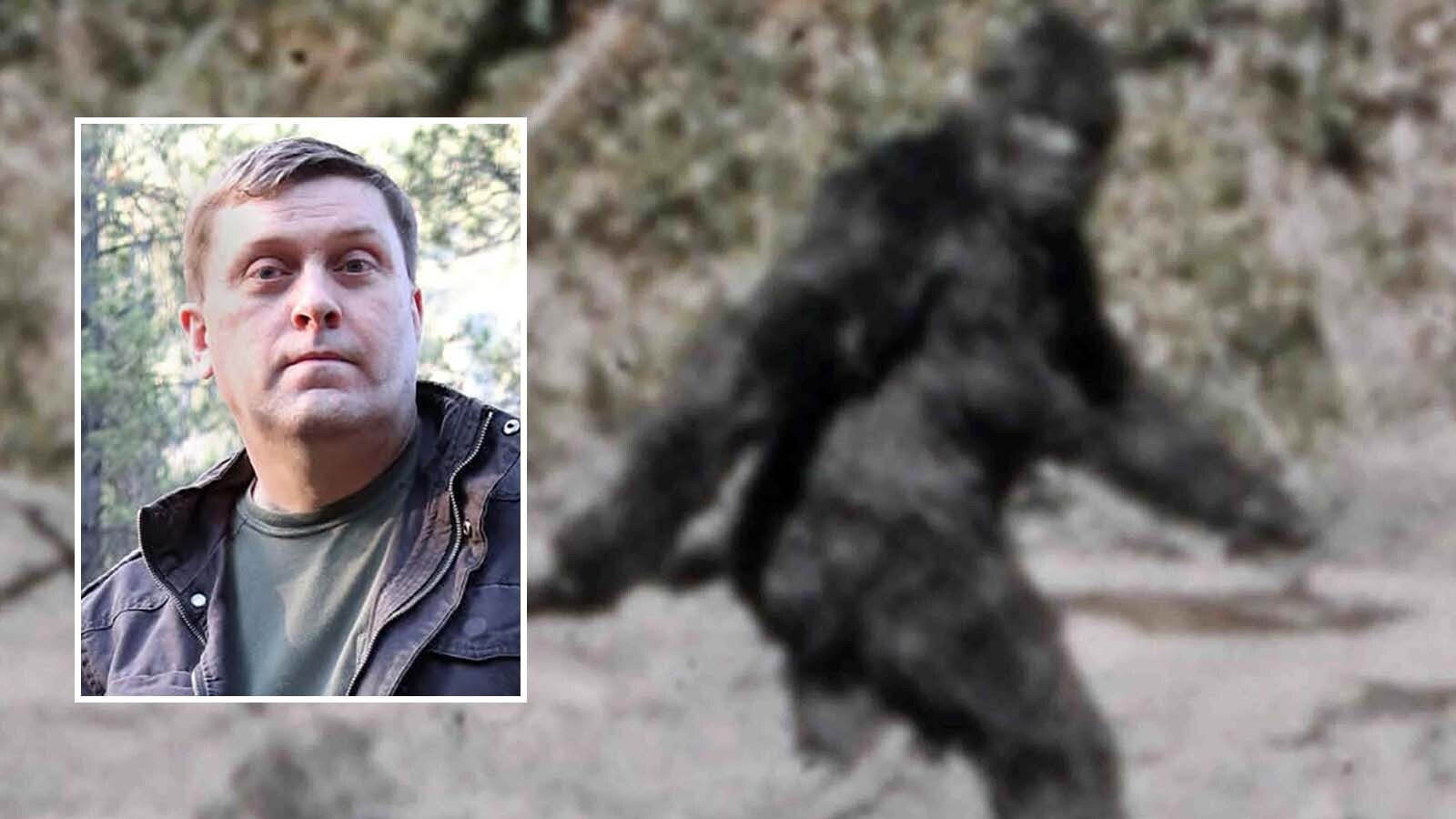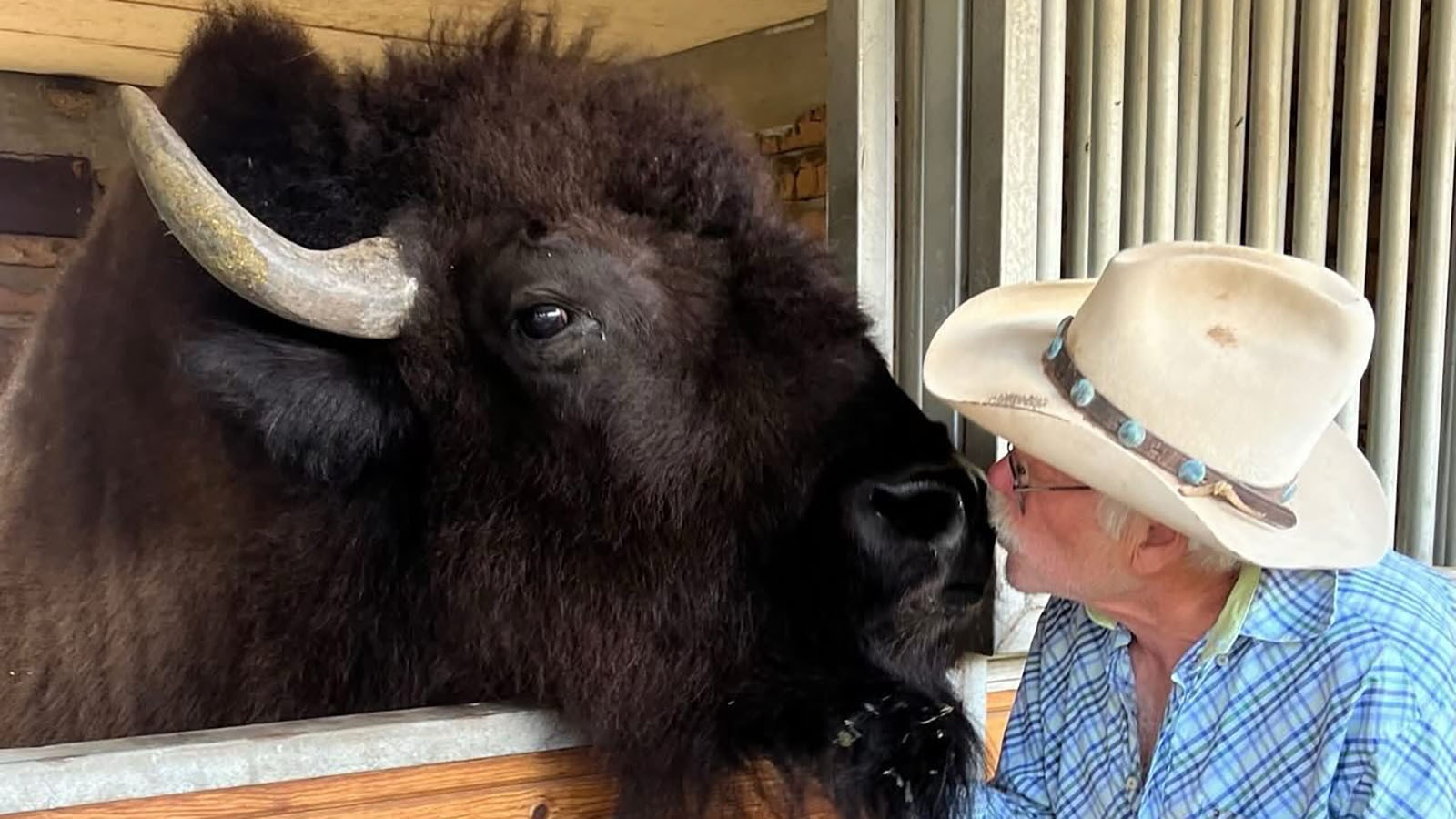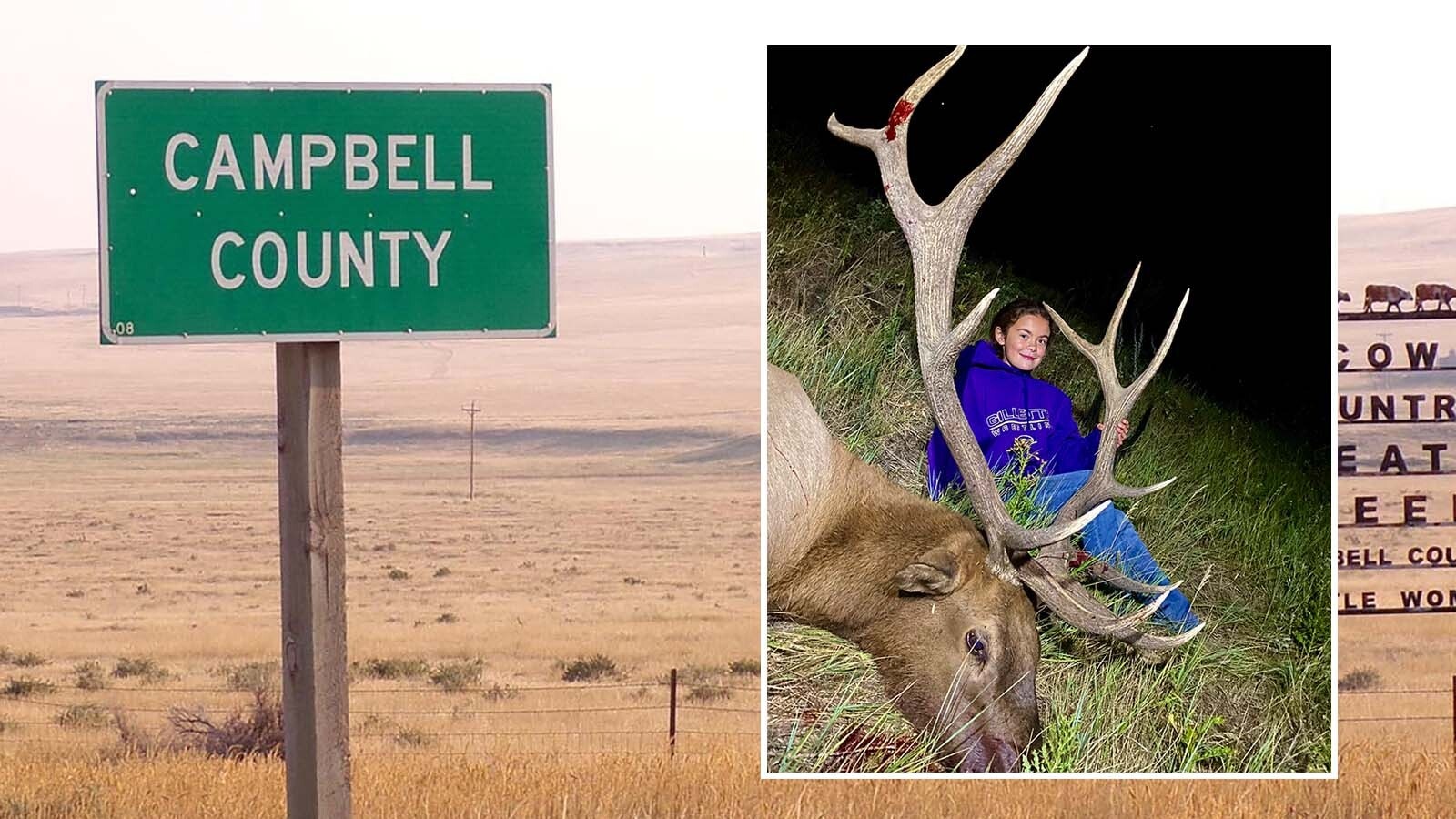Dr. Carlos Martinez del Rio remembers a fishing trip to Lost Lake in Wyoming’s Snowy Range, where his sunburned nose attracted an unexpected visitor.
"I was taking a nap and suddenly I hear this buzzing in broad daylight, looking at my nose," recalls the retired University of Wyoming professor. "I just laughed and laughed. That's because being up at the lake, hummingbirds are attracted to red stuff. So, I probably had a very big nose.”
Human vision is trichromatic, said Martinez del Rio, professor emeritus of zoology and physiology, and hummingbirds are tetrachromatic and able to perceive up to 100 million more differences in color than human eyes.
“So, they see colors that we cannot begin to imagine,” said Martinez del Rio, who now lives in Silver City, New Mexico, but continues to collaborate with other hummingbird researchers at the University of Wyoming.
Martinez del Rio said this time of year marks the beginning of hummingbird season in Wyoming, with the first arrivals typically showing up in mid-May.
These diminutive aerial acrobats migrate over 1,000 miles from central Mexico to Wyoming's mountains and valleys, where they play a crucial role in pollinating native plants, including the state flower — Indian paintbrush.
The birds are drawn to Wyoming because, as the days grow longer and wildflowers proliferate, hummingbirds are able to ramp up their consumption of flower nectar.
“It's very productive in the summer,” said Martinez del Rio, whose research at the University of Wyoming examined lives spent migrating more than 5,000 miles a year.
An Amazing Motor
Research findings published in January show a hummingbird’s ability to transition when needed between a hyperactive nectar gathering state and a process called torpor, which is a form of on-demand hibernation.
UW researchers and collaborators at the University of New Mexico examined two species of migrating hummingbirds — calliope and rufous hummingbirds — measuring how the birds’ body temperatures changed overnight.
The team discovered that hummingbirds require a certain amount of fat in the morning to get them started, and the ability to switch into torpor state helps keep enough fat reserves at the ready.
“I think it’s almost magical,” said Martinez del Rio. “Imagine if we could sense how much fat we have and suddenly drop our temperature to stay in a state of suspended animation. And the length of our animation is dictated so that we come out of it with the amount of fat needed the next day.”
While at UW, Martinez del Rio said he looked for ways to apply what he was learning about hummingbird physiology to research into the human body, but that’s a tall order.
“That was the dream of my life is to find some way,” said Martinez del Rio. “And the problem that we have encountered is that they are so physiologically different from us that doing translational medicine is very difficult.”
"People ask, ‘Why on earth is someone so obsessed with understanding hummingbirds?’ The reason is that sometimes they're almost impossible," he said, citing their extraordinary adaptations like the ability to cope with blood glucose levels "about three times those of a diabetic coma" without suffering ill effects.
To fuel their sky-high metabolic rate, hummingbirds suck down about 80% of their body weight in nectar each day. That's the equivalent of a 150-pound person downing around a 100 20-ounce Coca-Colas every day.
When Martinez del Rio attends hummingbird festivals and gives talks to bird lovers, he gets a kick out of gently holding hummingbirds up to someone’s ear so they can hear its heartbeat.
While their heart rates seem incredibly fast to human ears, Martinez del Rio points out again how hummingbird physiology is adapted to their needs.
"It's very fast, but it's relatively slow for what you would expect for their size," he said. "Your heart is a little less than 1% of your body mass. In hummingbirds, it's 2% of their volume. They have the heart of Secretariat. Every time they pump, they pump an enormous amount of blood."
Four Types
Wyoming is home to four regularly occurring species of hummingbirds: the rufous, the black-chinned, the calliope and the most common species, broad-tailed hummingbirds.
For the black-chinned hummingbirds, the geographical edge of their habitat extends into southwestern Wyoming, where they breed.
The rufous is known for its aggressive territorial behavior and striking copper-orange plumage in males, while females display green crowns and rufous sides.
The calliope hummingbird is North America’s smallest bird, and a high-elevation breeder in Wyoming, often found in mountain meadows and open mixed conifer forests.
Males are recognized by their vibrant magenta throat streaks, and both sexes are exceptionally small, weighing less than a penny.
Broad-tailed hummingbirds, meanwhile, are summer visitors to Wyoming’s higher elevations — places like Lost Lake — where males perform dramatic aerial displays during courtship. Their wings produce a metallic, cricket-like trill in flight, and they are often observed feeding on nectar from native wildflowers in mountain habitats.
Head To Sinks
Sinks Canyon State Park near Lander is another prime location to observe hummingbirds.
"The great opportunity for us here at Sinks Canyon State Park is when we're around the visitor center and the arrowleaf balsamroot are blooming, the choke cherries are starting to come in," Park Superintendent Jessica Moore told Cowboy State Daily. "That's when we really start seeing the hummingbirds around the visitor center going after all of those great nectar flowers."
Moore emphasizes the importance of hummingbirds beyond their entertaining acrobatics.
"One of the things that we promote here is the protection of pollinators. And a lot of people don't know that hummingbirds are pollinators. They think it's just bees," Moore said. "They're a really important species for the survival of a lot of different plants and then animals that are connected to them."
Martinez del Rio makes a similar point, with a colorful flair reminiscent of a hummingbird.
"Plants don't have a mechanism of getting together and fertilizing each other, so they have to rely on flying genitalia to take pollen from one plant to another," he said.
Along the way, a single hummingbird may eat up to 1,000 tiny insects daily, including mosquitoes, gnats, and spiders.
Up the North Fork outside of Lander, photographer Bruce Gallinger expects hummingbirds to show up at his feeder sometime soon.
“We live a little higher up, around 6,000 feet and I haven't seen any yet,” Gallinger told Cowboy State Daily.
Gallinger likes to shoot photos of hummingbirds at Sinks Canyon State Park, noting that he’s won awards for a shot he took of a broad-tailed hummingbird at Sinks.
“When the hummingbirds show up in Sinks, they show up en masse,” said Gallinger.

Birders Unite
Peter Burke, owner of Rocky Mountain Birding, stood by Flat Creek in Wilson recently watching broad-tailed hummingbirds buzz around.
“With broad-tailed males, they have a notched wing,” Burke told Cowboy State Daily. “And when they’re flying, it makes a high-pitched trill. Kind of insect-like. They use it to attract a mate.
“They’ll fly high in the air and zoom down as fast as they can to maximize that vibration. Once you know what that sounds like, you hear them flying overhead all the time.”
With more than 340 bird species found in and around Jackson Hole, according to the festival, the region offers exceptional birding opportunities.
For hardcore hummingbird fans, there are species-specific festivals in Texas, Tennessee, Alaska, Illinois and Arizona. The gathering in Sedona runs July 25 - 27, which includes hummingbird tours and a photo contest.
Martinez del Rio offers this tip for anyone looking to capture the magic of hummingbirds using their smartphone.
“I think it's one of the coolest things to do,” said Martinez del Rio, describing how he reclines under a hummingbird feeder and shoots video in slow-motion mode. “Suddenly all this ‘chirp, chirp, chirp’ turns into heavily textured vocalizations.”
When played back at slow speed, the rapid chirps perceived by human ears sound like an elegant song, which Martinez del Rio playfully mimics.
“You realize how different our perception of the world is,” said Martinez del Rio. “They can hear these ultrasounds.”
David Madison can be reached at david@cowboystatedaily.com.










